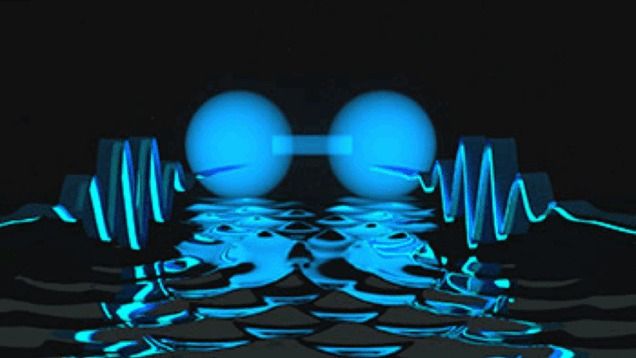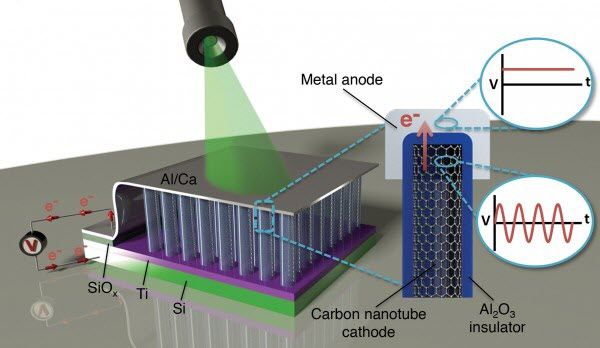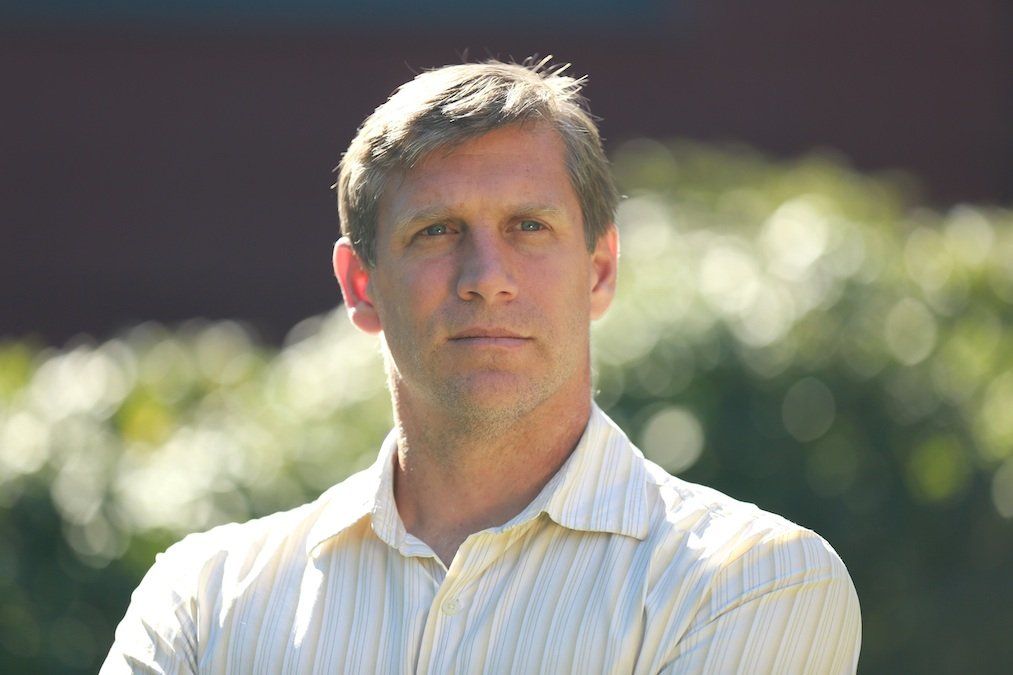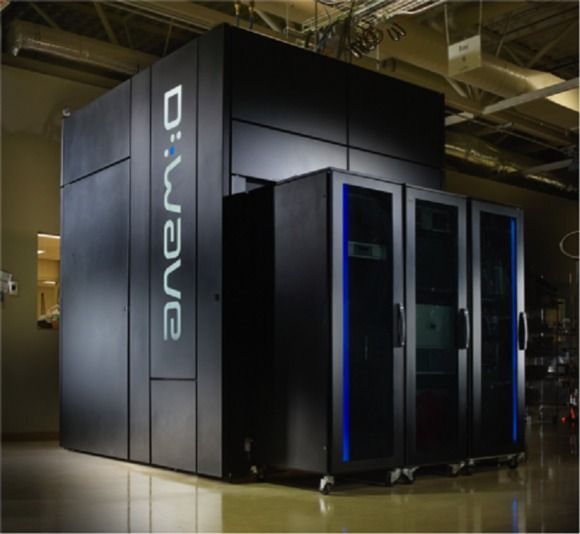The brand new space opera novel Lightless is a fast-paced, gripping read, and like all good science fiction, explores the human side of cutting-edge scientific concepts. We talked to debut author C.A. Higgins about using real physics in her story.
In Lightless, a prototype spaceship on its maiden voyage on behalf of a totalitarian regime is infiltrated by escaped terrorists. And it’s up to Althea, a socially awkward computer scientist who prefers the company of the Ananke’s disturbingly sentient electronic system to that of her crewmates, to save the day as her well-ordered world begins to unravel.






